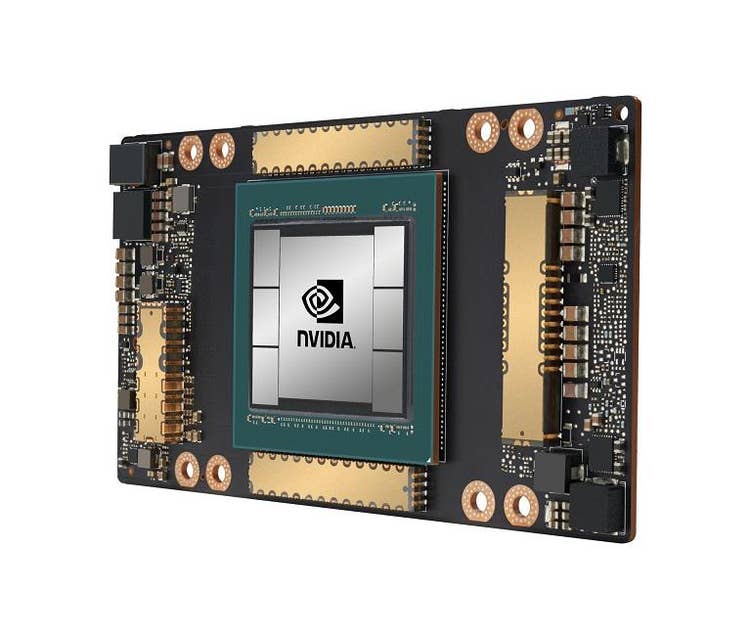Vast Data Aims At Artificial Intelligence With LightSpeed Architecture
The new Vast Data LightSpeed all-NVMe flash storage architecture, when combined with the Nvidia GPUDirect Storage architecture, brings NAS simplicity and high performance to artificial intelligence workloads, Vast Data said.

All-flash storage technology developer Vast Data on Tuesday introduced a new storage architecture aimed specifically at providing the scale and performance required by artificial intelligence and machine learning workloads.
That architecture, called LightSpeed, combines Vast Data‘s NAS technology with NVMe performance and NFS (network file system) support for Nvidia’s GPUDirect Storage architecture, said Jeff Denworth, co-founder and chief marketing officer for the New York-based company.
Vast Data, which has as its stated mission to kill the hard drive business with all-flash storage, saw that businesses looking to manage artificial intelligence workloads have been building their own storage solutions including NAS appliances combined with GPU-based computing, or building their own GPU-based AI infrastructure, Denworth told CRN.
[Related: Vast Data CEO Renen Hallak Talks Future, Finance And A $100M Funding Round]
“These are very expensive,” he said. ”We allow clients to build out AI systems with the simplicity of NAS using our technology with the sophistication of the most expensive systems.”
Vast Data‘s new LightSpeed architecture features a disaggregated, shared everything architecture that eliminates the need for tiering, offering full performance to every I/O request at scale, Denworth said.
Its all-NVMe architecture offers twice the performance of the company‘s previous generation to meet the requirements of read-heavy random I/O workloads for deep learning frameworks, he said.
LightSpeed also supports NFC with the Nvidia GPUDirect Storage technology, Denworth said. “That lets LightSpeed write data direct to the GPU with double the previous performance,” he said.
Nvidia recently demonstrated its Nvidia GPUDirect Storage technology, which was introduced about a year ago, by showcasing it with various storage partners, and the highest performance came when paired with Vast Data, Denworth said.
“So now we have a great architecture that allows data to move to the GPU faster than before,” he said. ”We are also introducing reference architecture to show how to marry storage to the GPU.”
Vast Data‘s approach to combine NFS with Nvidia GPUDirect Storage technology makes working with the technology easy, said Jose Alvarez, director of life science and research computing and vice president of Federal sales at Cambridge Computer Services, a Waltham, Mass.-based solution provider which partners with both vendors.
“On the GPU side, it scales linearly, and it works easily with Nvidia‘ Mellanox [InfiniBand technology],” Alvarez told CRN. ”Now if you do it via NFS, it’s an easy option. It provides linear scalability as users expand clusters.”
Tests running Vast Data with Nvidia‘s DGX systems not only got the highest performance of all storage, but it also got the lowest utilization of the CPUs on the DGX, Alvarez said.
“So you get the best of both worlds,” he said. ”It‘s good to say you have the highest performance, but it’s better when you can also say you can offload much of the work from the compute side.”
Denworth said that NFS-based data typically performs at 2 GB-per-second speed, but at the recent demonstration of Vast Data‘s LightSpeed with Nvidia GPUDirect Storage, performance was boosted 45 times to 90 GBs per second.
“We‘ve now completely opened the pipes for AI computers,” he said.
Systems built on Vast Data‘s LightSpeed have just started shipping, but the higher performance will have to wait until Nvidia enables the Nvidia GPUDirect Storage support, which is slated to happen in the fourth quarter, he said.
Vast Data‘s LightSpeed architecture will also work with other AI platforms, but will not have the full optimization that will be available for Nvidia GPUDirect Storage, he said.